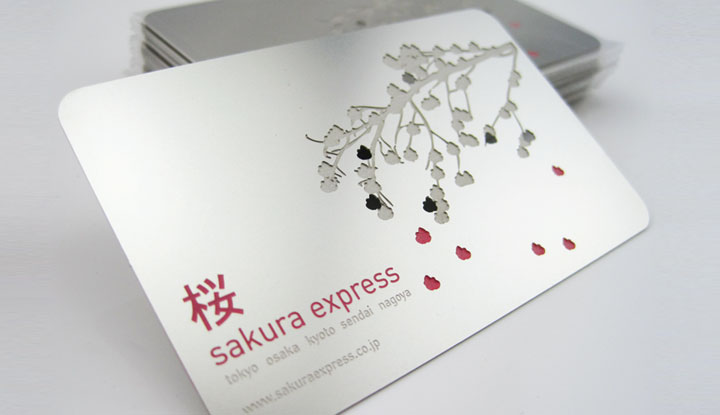You have seven seconds to make a first impression.
According to Forbes writer Carol Kinsey Goman, “The moment [a] stranger sees you, his or her brain makes a thousand computations: Are you someone to approach or to avoid? Are you friend or foe? Do you have status and authority? Are you trustworthy, competent, likeable, confident? And these computations are made at lightning speed. Researchers from NYU found that we make eleven major decisions about one another in the first seven seconds of meeting.”
In business interactions, first impressions are essential.
Irrespective of business trends, business cards have remained one of the top networking, marketing and branding tools in the business world — reinforcing first impressions. Professionals and entrepreneurs alike, aspire to use business cards to exhibit their brand, motto and ambitions in business.
As a small business owner you can’t ignore the importance of a well-crafted, creative and high-quality business card. Business cards can reinforce your brand image or establish critical perceptions in a potential customer’s mind.
Purpose Driven Business Cards
Your business cards should illustrate key business information about you as an individual and your organization. Generally speaking, a business card will include your name, business affiliation, contact information (i.e. telephone number, street address, fax number and e-mail address) and logo. Savvy entrepreneurs might also include social media links such as Facebook, Twitter and LinkedIn.
However, if you truly want to use your business card as a promotional tool it should be designed in an effective manner. Consider these tips before you print your next batch of business cards:
- Maintain clarity. Every business card should include a company logo, consistent brand colors and well-defined features. Your name, title, and company name should be error-free and easy to read. Never cram too much information onto your card as it generally appears unprofessional and distracts from key details.
- Exhibit a unique design. Your business card should be unique and adequately represent your brand. Recipients will make immediate judgements about your business based on the design of your card. Are you creative, unique, minimalistic or bold? The right design will strike a creative balance by using strong text with minimal design. The typical business card size in the US is 3.5 inches by 2 inches. Standout from the crowd by customizing your business card size, shape and paper stock.
- Make it shareable. Your business card should be memorable, eye-catching and informative. Otherwise, it will likely end up in the trash. The perfect business card is intended to create an experience as much as a source of key information. A tiny calling card can become a useful tool to remain top of mind among recipients and reinforce their likelihood to share your brand with others.
- Retain print quality. Your business cards may have a striking design and contain key information, but they will not grab a recipients attention until they are printed with quality. High print quality, as well as paper stock (i.e. the weight and density of the paper) or specialty materials (i.e. matte, glossy, plastic, metal, etc.), will ensure your information is readable. Flimsy, unreadable business cards will not make a great first impression.
An Effective Calling Card
“Your business card isn’t just a calling card, it’s a snapshot of your brand. ‘It’s a tiny piece of your personality,” says Prescott Perez-Fox, owner of Starship Design. “Business cards tell a story, and can transmit the essence of your brand. A business card is a sales piece, a sort of mini ad for you and everything you stand for.'”
By including the aforementioned features, you can use business cards as a sales and marketing tool. Start introductions with the best first impression of your business by creating a business card that is unforgettable.
Steven Bowen is a veteran designer from No-Refresh. Through his informative blogs, he offers tips to Online T-Shirts Design Software, business cards and banners online.
© YFS Magazine. All Rights Reserved. Copying prohibited. All material is protected by U.S. and international copyright laws. Unauthorized reproduction or distribution of this material is prohibited. Sharing of this material under Attribution-NonCommercial-NoDerivatives 4.0 International terms, listed here, is permitted.













